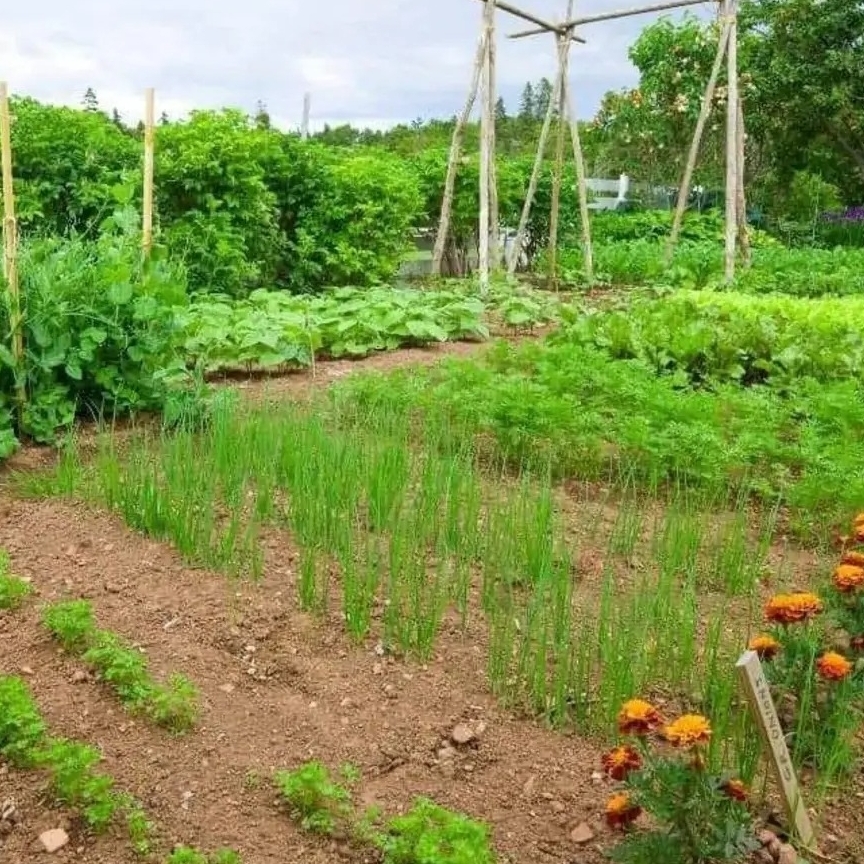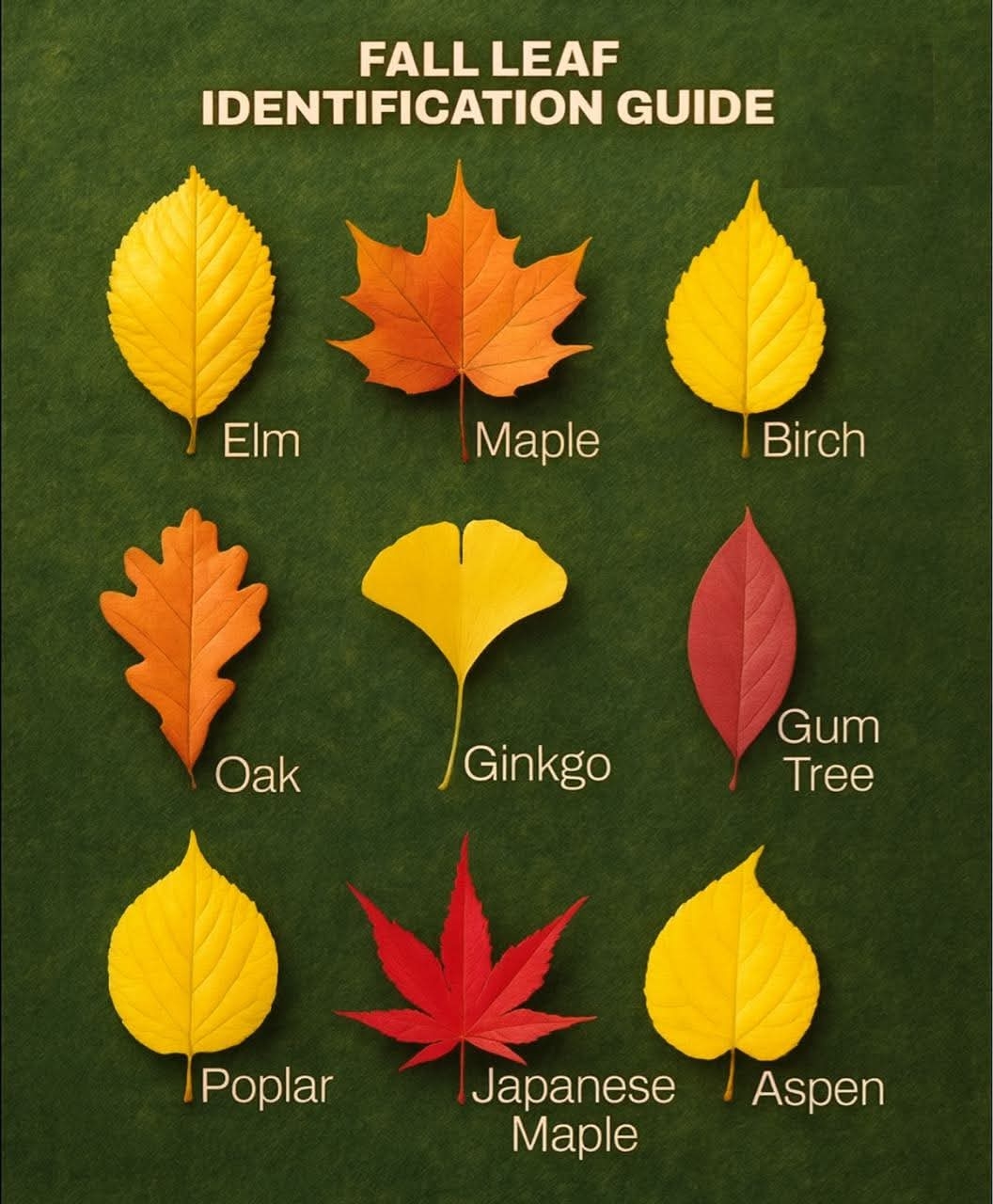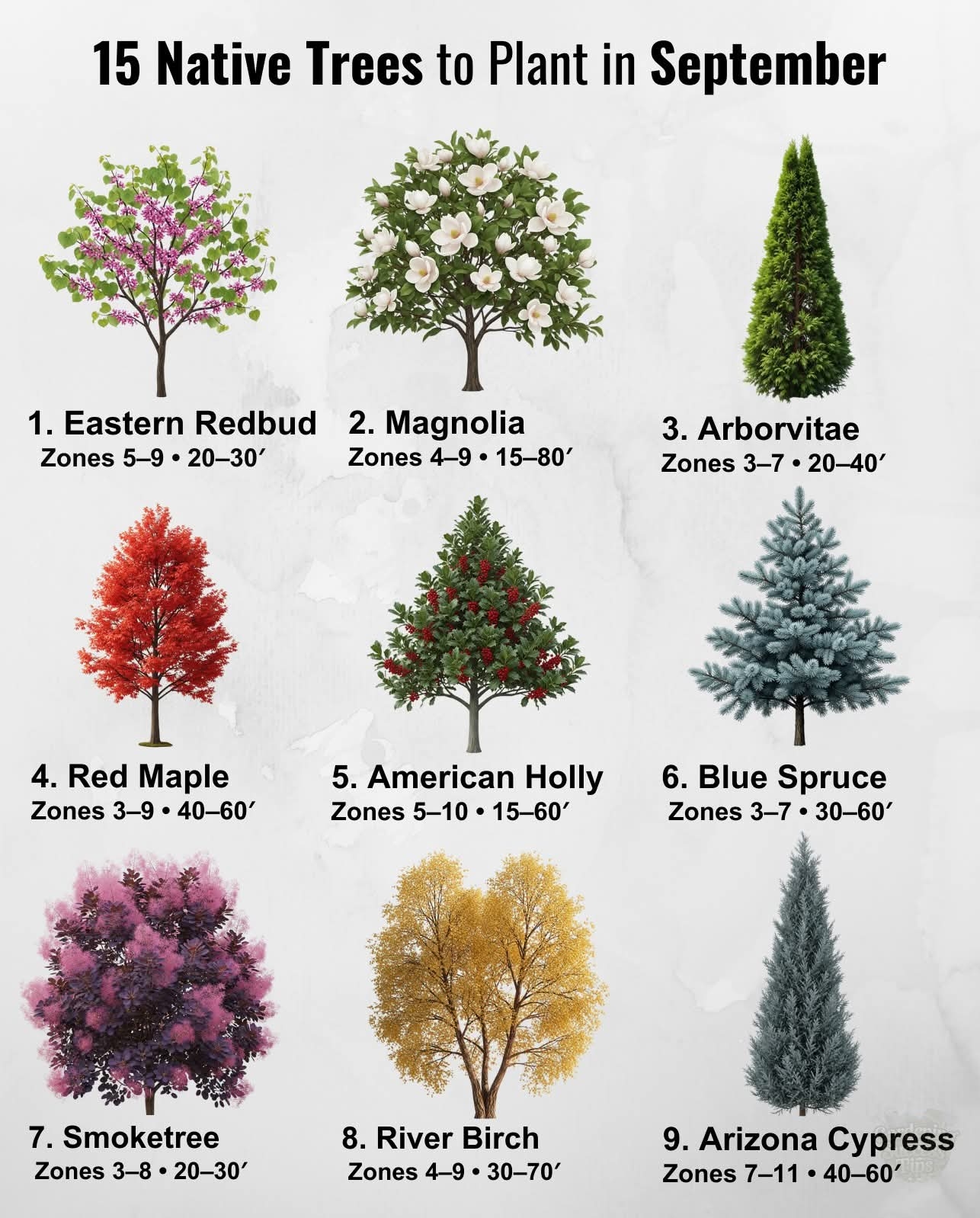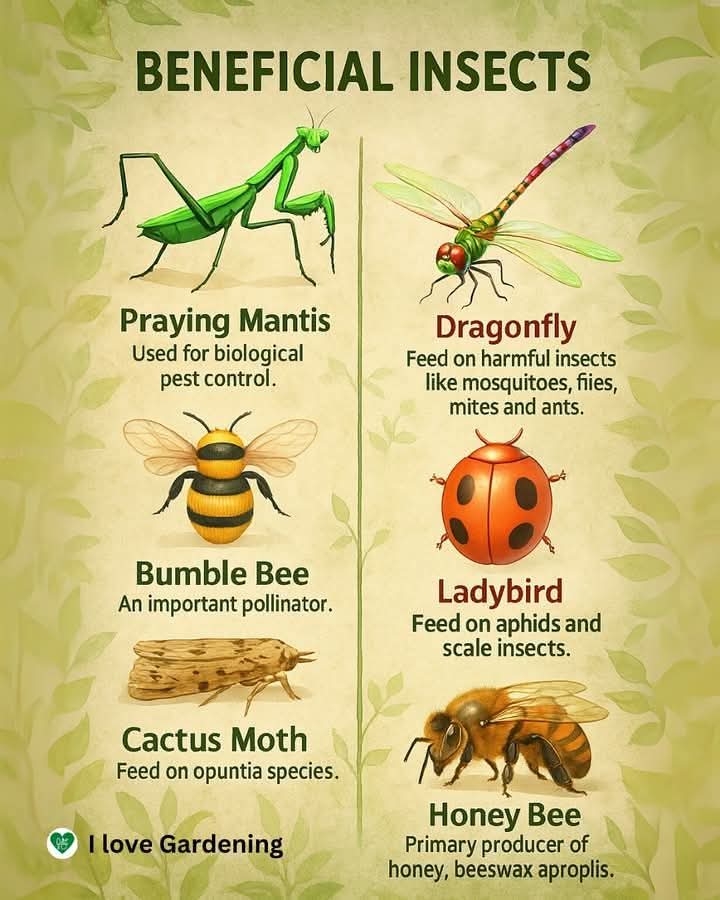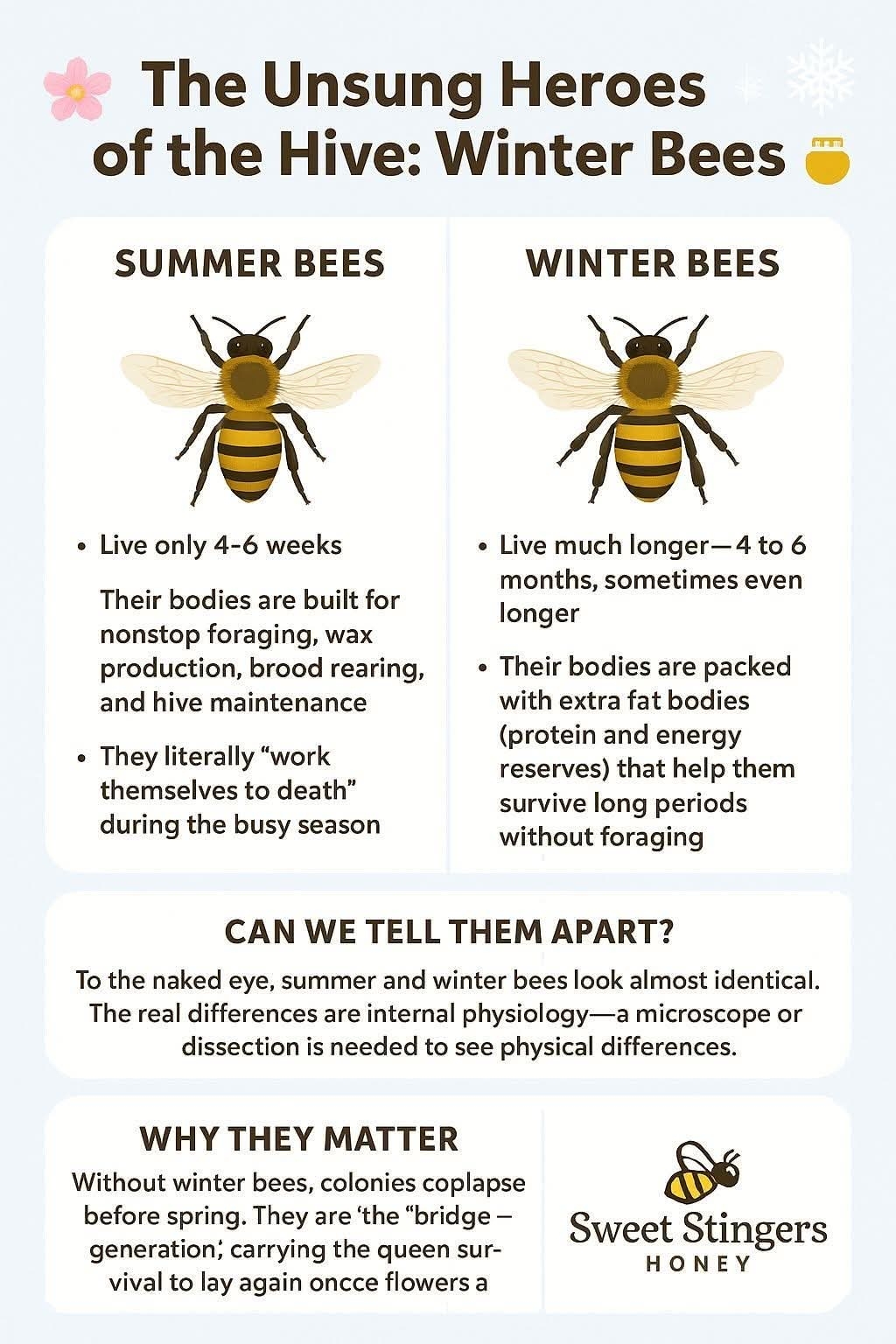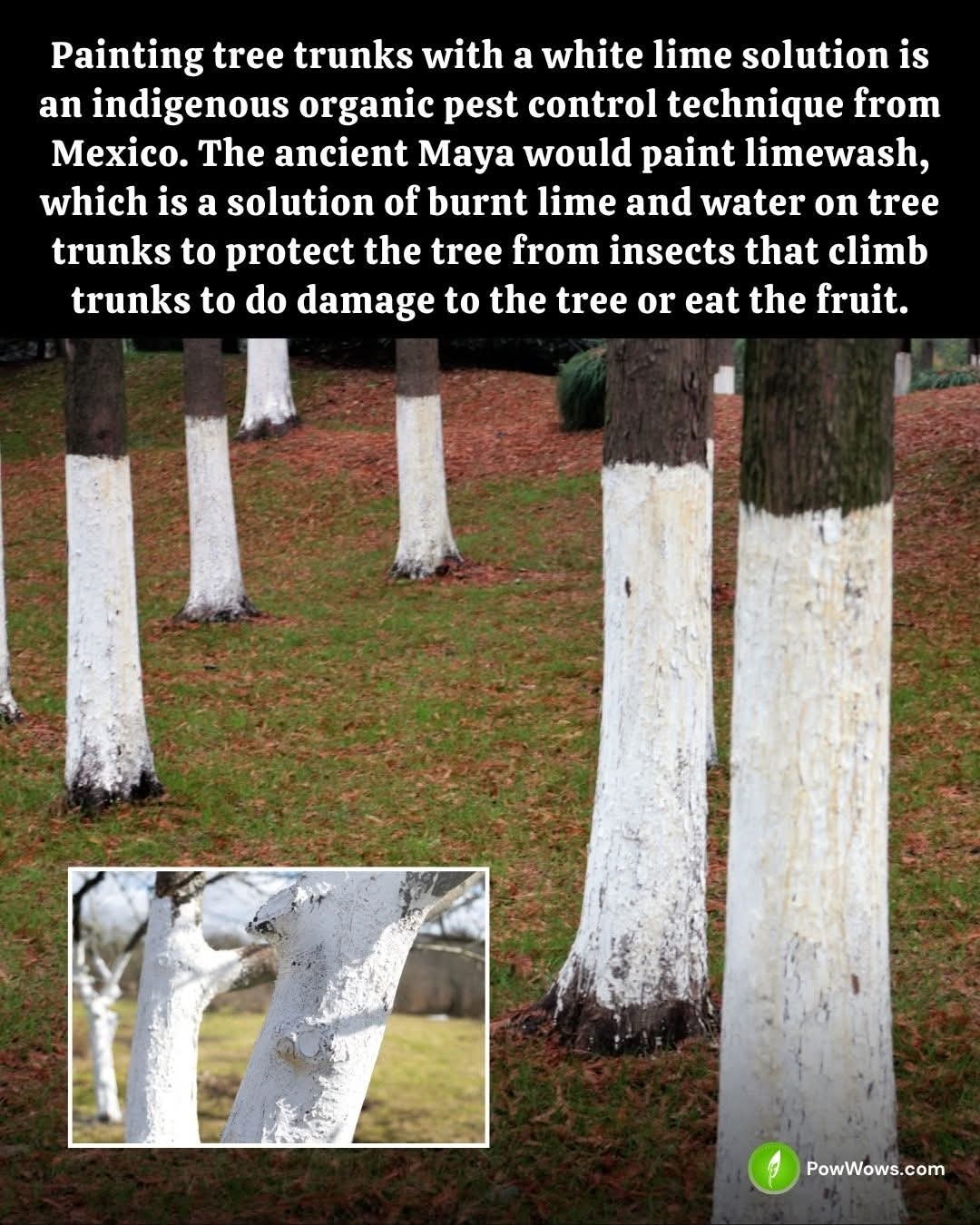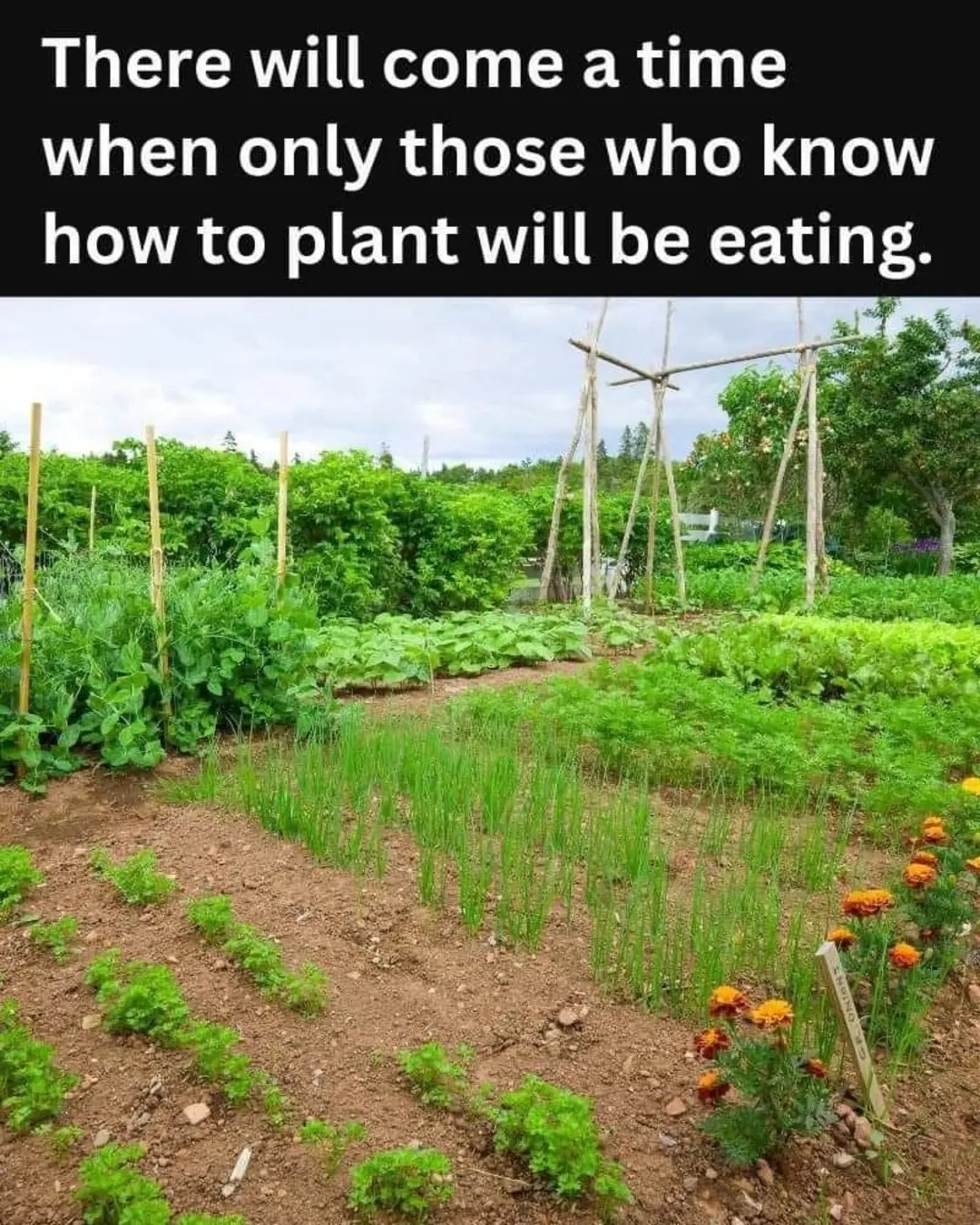- Public Group
- 13 Posts
- 14 Photos
- 0 Videos
- Natural
Recent Updates
- Don’t Toss That Laundry Basket, Grow Veggies in It!
Turn That Laundry Basket Into a Garden Hack!
Who knew your veggie patch could start with a laundry basket? Let’s grow some goodness right out of it:
Potatoes – Deeper the basket, the bigger the bounty underground!
Tomatoes – Stick in a cage or stake, and they’ll give you a juicy show.
Onions – They’re chill with close quarters—perfect fit.
Lettuce – Loves that shallow, breezy space. Fast, fresh, and crisp!
Cucumbers – Just add a trellis and watch them climb like pros.
Peppers – Sun lovers that thrive in baskets with good drainage.
Don’t Toss That Laundry Basket, Grow Veggies in It! Turn That Laundry Basket Into a Garden Hack! Who knew your veggie patch could start with a laundry basket? Let’s grow some goodness right out of it: Potatoes – Deeper the basket, the bigger the bounty underground! Tomatoes – Stick in a cage or stake, and they’ll give you a juicy show. Onions – They’re chill with close quarters—perfect fit. Lettuce – Loves that shallow, breezy space. Fast, fresh, and crisp! Cucumbers – Just add a trellis and watch them climb like pros. Peppers – Sun lovers that thrive in baskets with good drainage.0 Comments 0 Shares 143 ViewsPlease log in to like, share and comment! - Crop rotation: the key to healthy and productive gardens
Rotating your crops keeps the soil rich, prevents pests, and improves harvests naturally.
How does it work?
Each plant family takes and gives back different nutrients. If you grow the same crop every season, the soil gets exhausted. By rotating, the soil regenerates.
After legumes (beans, lentils), plant leafy greens (spinach, chard).
After root crops (carrots, beets), plant fruiting crops (tomatoes, peppers).
After fruiting crops, return to legumes to restore nitrogen.
By following this cycle, you mimic nature, care for your soil, and enjoy richer harvests.
#organicgardening #croprotation #healthysoil🌱 Crop rotation: the key to healthy and productive gardens 🌿 Rotating your crops keeps the soil rich, prevents pests, and improves harvests naturally. 🔄 How does it work? Each plant family takes and gives back different nutrients. If you grow the same crop every season, the soil gets exhausted. By rotating, the soil regenerates. ✔️ After legumes (beans, lentils), plant leafy greens (spinach, chard). ✔️ After root crops (carrots, beets), plant fruiting crops (tomatoes, peppers). ✔️ After fruiting crops, return to legumes to restore nitrogen. 🌾 By following this cycle, you mimic nature, care for your soil, and enjoy richer harvests. #organicgardening #croprotation #healthysoil0 Comments 0 Shares 161 Views -
-
- 15 Native Trees to Plant in September
Native species = low maintenance, adapted to local climates, wildlife-friendly.
1. Eastern Redbud (Cercis canadensis)
• Zones 5–9 • 20–30′ • Sun–part shade
• Early spring magenta blooms, heart-shaped leaves, pollinator favorite.
2. Magnolia (Magnolia virginiana / M. grandiflora)
• Zones 4–9 • 15–80′ • Sun–part shade
• Waxy, fragrant flowers; evergreen or semi-evergreen; wildlife value.
3. Arborvitae (Thuja occidentalis)
• Zones 3–7 • 20–40′ • Sun–part shade
• Cold-hardy evergreen, dense screens, tolerates urban soils.
4. Red Maple (Acer rubrum)
• Zones 3–9 • 40–60′ • Sun–part shade
• Brilliant red–orange fall foliage, fast-growing shade tree.
5. American Holly (Ilex opaca)
• Zones 5–10 • 15–60′ • Sun–part shade
• Evergreen, spiny leaves + red berries; needs male + female for fruit.
6. Serviceberry (Amelanchier spp.)
• Zones 2–8 • 10–15′ • Sun–part shade
• White spring blooms, edible berries, golden fall foliage.
7. Blue Spruce (Picea pungens)
• Zones 3–7 • 30–60′ • Full sun
• Conical evergreen, blue needles, drought-tolerant.
8. Smoketree (Cotinus obovatus)
• Zones 3–8 • 20–30′ • Full sun
• Plum foliage, pink smoky plumes, vibrant fall color.
9. River Birch (Betula nigra)
• Zones 4–9 • 30–70′ • Full sun
• Peeling bark, heat- and pest-tolerant, golden fall leaves.
10. Juniper (Juniperus spp.)
• Zones 3–9 • 2–50′ • Full sun
• Evergreen with blue berries, tough + drought-resistant.
11. Fringetree (Chionanthus virginicus)
• Zones 3–9 • 12–30′ • Sun–part shade
• White, strappy flowers + bird-friendly berries, adaptable.
12. American Hornbeam (Carpinus caroliniana)
• Zones 3–9 • 20–30′ • Sun–part shade
• Smooth sinewy bark, host tree for butterflies, golden fall foliage.
13. Arizona Cypress (Hesperocyparis arizonica)
• Zones 7–11 • 40–60′ • Full sun
• Silvery evergreen, heat + drought-tolerant, great windbreak.
14. Flowering Dogwood (Cornus florida)
• Zones 5–9 • 15–30′ • Sun–part shade
• White spring bracts, red fall fruit, stunning seasonal display.
15. Silverbell (Halesia carolina)
• Zones 4–8 • 10–40′ • Sun–part shade
• Bell-shaped white flowers in spring, winged nuts in fall.🌳 15 Native Trees to Plant in September Native species = low maintenance, adapted to local climates, wildlife-friendly. 1. Eastern Redbud (Cercis canadensis) • Zones 5–9 • 20–30′ • Sun–part shade • Early spring magenta blooms, heart-shaped leaves, pollinator favorite. 2. Magnolia (Magnolia virginiana / M. grandiflora) • Zones 4–9 • 15–80′ • Sun–part shade • Waxy, fragrant flowers; evergreen or semi-evergreen; wildlife value. 3. Arborvitae (Thuja occidentalis) • Zones 3–7 • 20–40′ • Sun–part shade • Cold-hardy evergreen, dense screens, tolerates urban soils. 4. Red Maple (Acer rubrum) • Zones 3–9 • 40–60′ • Sun–part shade • Brilliant red–orange fall foliage, fast-growing shade tree. 5. American Holly (Ilex opaca) • Zones 5–10 • 15–60′ • Sun–part shade • Evergreen, spiny leaves + red berries; needs male + female for fruit. 6. Serviceberry (Amelanchier spp.) • Zones 2–8 • 10–15′ • Sun–part shade • White spring blooms, edible berries, golden fall foliage. 7. Blue Spruce (Picea pungens) • Zones 3–7 • 30–60′ • Full sun • Conical evergreen, blue needles, drought-tolerant. 8. Smoketree (Cotinus obovatus) • Zones 3–8 • 20–30′ • Full sun • Plum foliage, pink smoky plumes, vibrant fall color. 9. River Birch (Betula nigra) • Zones 4–9 • 30–70′ • Full sun • Peeling bark, heat- and pest-tolerant, golden fall leaves. 10. Juniper (Juniperus spp.) • Zones 3–9 • 2–50′ • Full sun • Evergreen with blue berries, tough + drought-resistant. 11. Fringetree (Chionanthus virginicus) • Zones 3–9 • 12–30′ • Sun–part shade • White, strappy flowers + bird-friendly berries, adaptable. 12. American Hornbeam (Carpinus caroliniana) • Zones 3–9 • 20–30′ • Sun–part shade • Smooth sinewy bark, host tree for butterflies, golden fall foliage. 13. Arizona Cypress (Hesperocyparis arizonica) • Zones 7–11 • 40–60′ • Full sun • Silvery evergreen, heat + drought-tolerant, great windbreak. 14. Flowering Dogwood (Cornus florida) • Zones 5–9 • 15–30′ • Sun–part shade • White spring bracts, red fall fruit, stunning seasonal display. 15. Silverbell (Halesia carolina) • Zones 4–8 • 10–40′ • Sun–part shade • Bell-shaped white flowers in spring, winged nuts in fall.0 Comments 0 Shares 329 Views -
-
- Tomatoes are garden favorites, but they can face many challenges. Here are the most common issues:
• Wilt – Sudden drooping leaves.
• Virus – Distorted or mottled leaves.
• Grey Mould – Fuzzy growth on stems/leaves.
• Greenback – Fruits stay green near the stem.
• Tomato Blight – Dark spots spreading fast.
• Fruit Splitting – Cracks from uneven watering.
• Blossom End Rot – Black sunken spots on bottoms.
• Sun Scorch – Pale, burned patches on fruits.
• Pests – Whitefly, greenfly, blackfly, red spider mite & caterpillars.
Tip: Keep soil evenly moist, rotate crops, and remove diseased leaves early.
#TomatoCare #OrganicGardening🍅 Tomatoes are garden favorites, but they can face many challenges. Here are the most common issues: • Wilt – Sudden drooping leaves. • Virus – Distorted or mottled leaves. • Grey Mould – Fuzzy growth on stems/leaves. • Greenback – Fruits stay green near the stem. • Tomato Blight – Dark spots spreading fast. • Fruit Splitting – Cracks from uneven watering. • Blossom End Rot – Black sunken spots on bottoms. • Sun Scorch – Pale, burned patches on fruits. • Pests – Whitefly, greenfly, blackfly, red spider mite & caterpillars. 🌟 Tip: Keep soil evenly moist, rotate crops, and remove diseased leaves early. #TomatoCare #OrganicGardening0 Comments 0 Shares 457 Views -
-
More Stories

